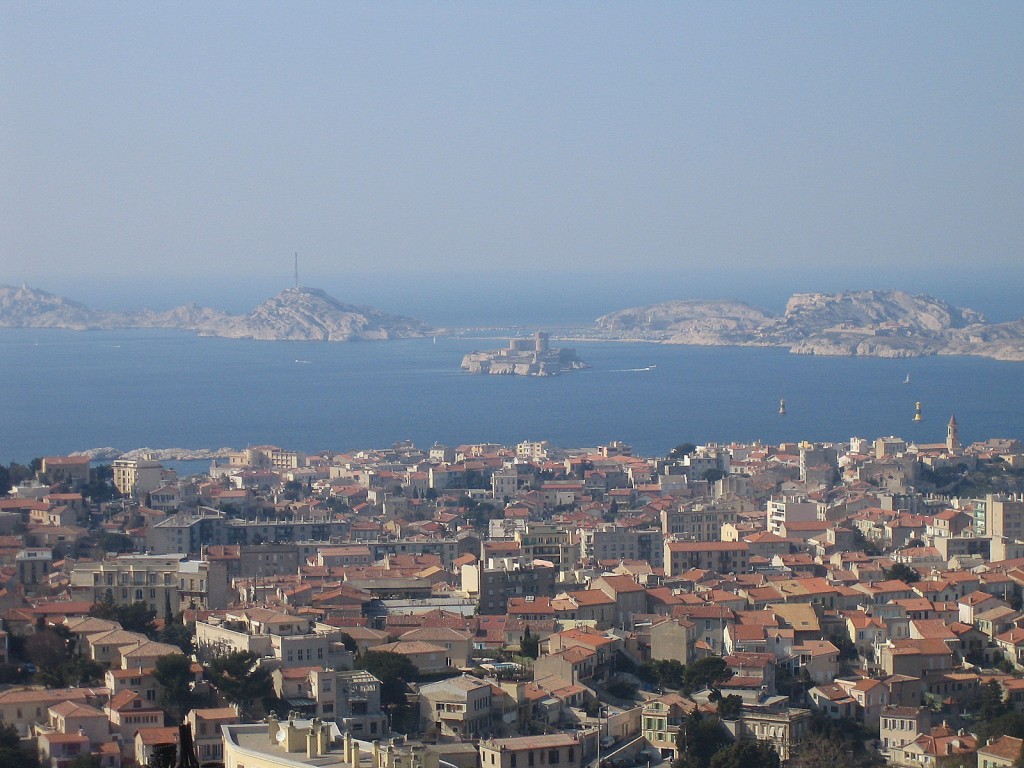ITER NEWSLINE
93
Marseille's own little Alcatraz
Robert Arnoux
Marseille's own little Alcatraz

The fortress and former state prison of Château d'If was built in the early 1500s on an islet in the Bay of Marseille.

From a sketch that was sent to him, Albrecht Dürer (1471—1528) made this famous woodcut of the rhinoceros
The problem with this hole is that it belongs to literature. How it actually found its way into the wall at the Château d'If is a mystery. One the most prolific novelists in history—he wrote 277 books, among them The Three Musketeers, The Man in the Iron Mask and The Count of Monte Cristo — Alexandre Dumas (1802-1870) never visited the Chateau d'If. If a hole in one of the cells' walls existed, there is no way he could have been aware of it during his lifetime. Historians have all confessed ignorance: they do not know how, why or when this passage was made. This is a strange case of fiction overtaking reality.
The Count of Monte Cristo was published in 1845 and soon became one the first world-wide best-sellers. The novel has done a lot for the fame of If and its château, but there's more than literature in the history of this tiny islet.
If is the smallest of the three islands that make up the Frioul archipelago. The Greek sailors who founded Marseille in the 6th century B.C. had named the islands Protè, "the first one," Mésé "the one in the middle," and Hypea, "the one under," which evolved into the curious name of "If."
In 1516, the year King François I visited Marseille and ordered the island to be fortified, If was home to one of the strangest animals Europe had ever seen: a rhinoceros that the maharajah of Gujarât in India had offered to King Manuel of Portugal, who, in turn, had sent it as a present to Pope Leo X. On its way to Rome, the ship that carried the beast, "adorned with a velvet necklace with golden roses and carnations," called at the port of Marseille for some weeks, and the rhinoceros was left to graze on the islet of If. Albrecht Dürer, to whom a sketch of the rhino had been sent, was to make a famous woodcut of the animal.
For most of its history, If was a state prison—Marseille's own little Alcatraz. Its jail hosted Protestants in the early 1700s, the captain of the ship that brought the Great Plague to city in 1720, the famed Count of Mirabeau in 1774, various revolutionary militants in 1848 and 1870, German residents in 1914 and draft evaders the following years. Contrary to legend, neither the marquis de Sade or the mysterious Man in the Iron Mask was ever held on the islet.
For a trip into history and fiction, shuttles leave the Vieux Port daily from 9:00 a.m. until 6:05 p.m. The last one leaves the Château d'If at 6:25 p.m.
return to Newsline #93



